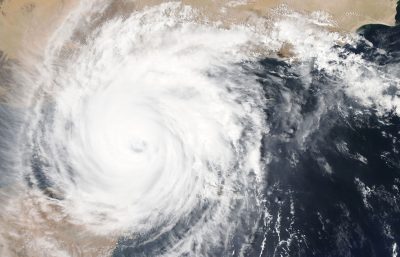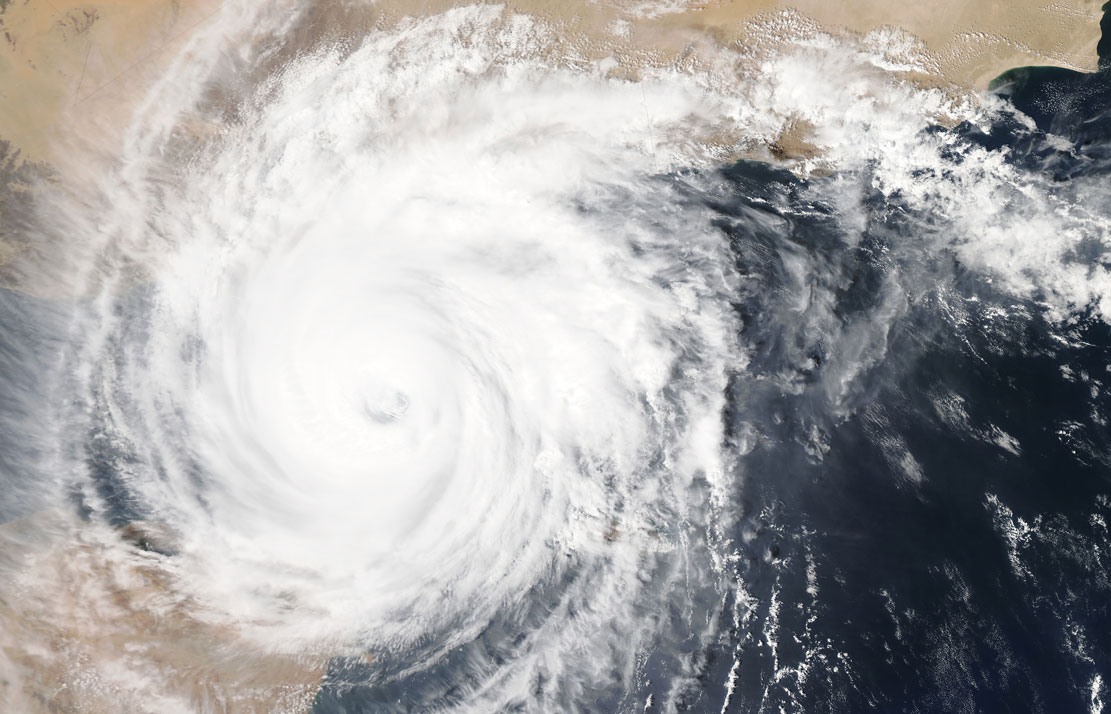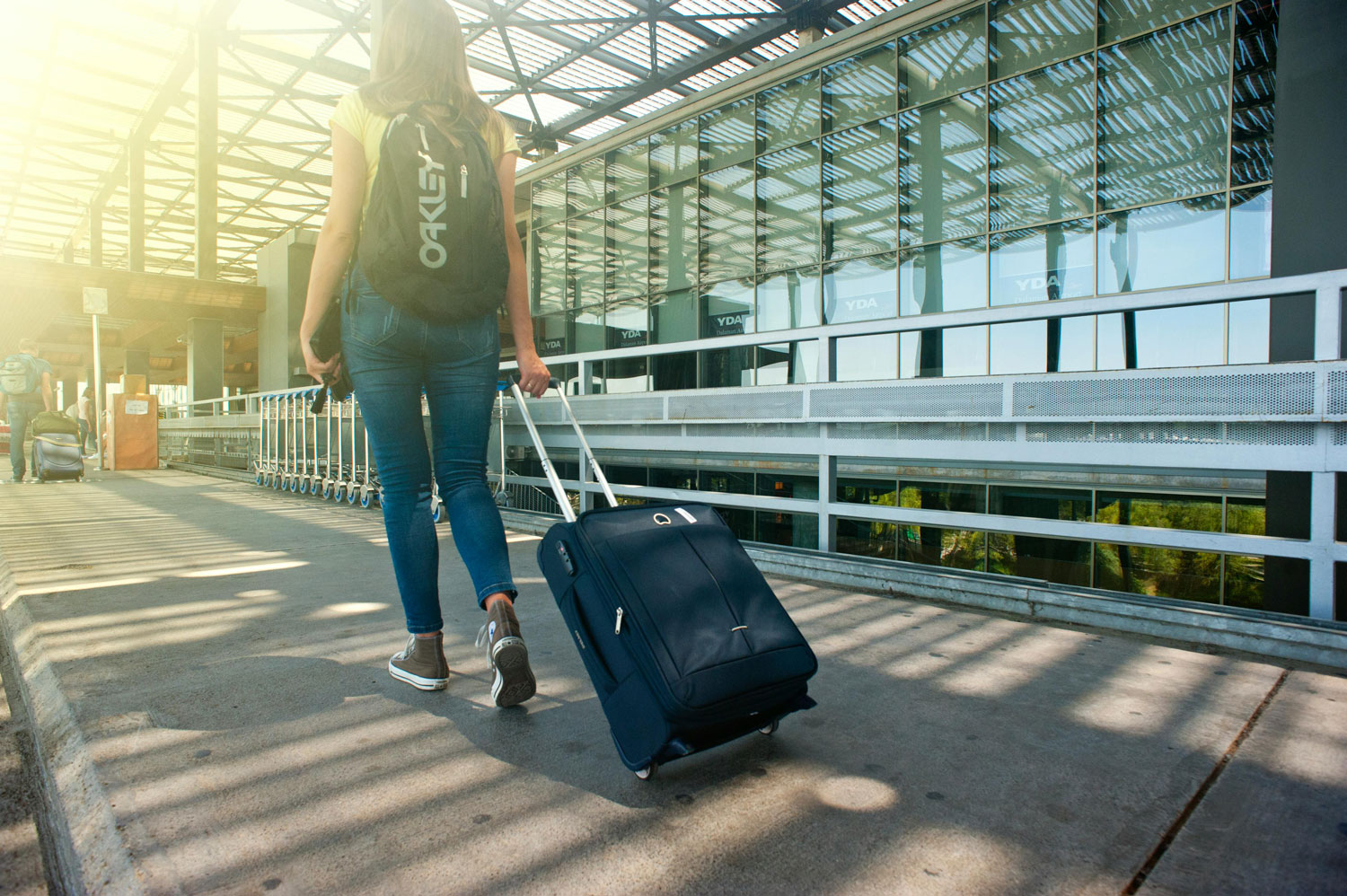
The 2017 hurricane season has officially begun, and while most of us are probably guilty of waiting until the last minute to prepare for inclement weather, experts agree that individuals and families should always be ready, no matter what time of year it is. Having a plan in place before severe weather strikes will make an enormous difference in how you fare during the storm and the time it takes for you to recover after the storm. Here are some tips to get you started:
BEFORE THE STORM
Contact your insurance agent: Basic homeowner policies usually don’t include flooding, so talk to your agent and find out if you’re covered. If not, take the necessary steps to insure your home and property in the event of a flood. Do it right away, since most policies require a 30-day waiting period. Keep a master list of jewelry, electronics, guns, and other valuables located inside and outside your home. Take pictures of each item – and the serial numbers, if provided – and save the pictures on a computer flash drive. You never know when this information might be needed to file an insurance claim.
Assess your home and surroundings: Hurricanes aren’t just a problem for people living in coastal regions. The impact from heavy winds and torrential downpours can be felt hundreds of miles inland too. Contact your county or city emergency management officials to find out if you live in an evacuation zone. Ask if evacuation route maps are available and learn the best route for your area. If you live in a mobile home, or some other type of dwelling that isn’t fortified for extreme weather, decide where you’ll go if you must leave. Will you travel inland to a hotel or shelter, or is there a relative you can stay with? If you are ordered to evacuate, then DO IT. Don’t be a hero and attempt to ride out the storm, especially if you live in a danger zone. Don’t hesitate – just GO!
Prepare your home and property:
- Repair loose window shutters.
- High winds can wreak havoc on lawn furniture, so make sure it’s tied down and secured if it can’t be brought inside.
- Shut off propane tanks.
- Clear debris from gutters.
- Unplug small appliances and electronics.
- Store an ax in your attic (for severe flooding situations).
- Check the gas level in your vehicle(s) and keep the tank(s) full.
- Cut down and haul away dead tree limbs and shrubs near your home.
- Keep the food in your refrigerator fresher longer by turning the temperature gauge to its coldest setting, in the case of a power outage.
- Fill a bathtub (or two) with water, so clean water will be readily available if you lose power.
- Buy surge protectors for appliances and electronic equipment.
- If you store a lot of frozen foods, consider purchasing a generator. These are also great to have if you’re a diabetic, or if there is a diabetic in your family, since many insulin medications must be kept cool inside a refrigerator.
- Invest in a good battery-operated NOAA (National Oceanic and Atmospheric Administration) weather radio.
Gather disaster supplies: There are some essential items that should always be included in a hurricane preparedness kit. These include:
- Flashlights
- Extra batteries for weather radio and flashlights. (Try to keep a varied assortment of battery sizes on hand, just in case).
- First aid kit with extra bandages, antibacterial ointment, insect repellant, and rubbing alcohol
- Ponchos and other rain gear
- Manual can opener
- Medic-alert tags
- Battery-operated lanterns and emergency glow sticks
- Matches and disposable lighters
- Blankets, pillows, and sleeping bags
- Garbage bags (with drawstrings or plastic ties)
- Over-the-counter medication and prescription medication
- Pet medications
- Toiletries, soap, toilet paper, and feminine hygiene products
- Fire extinguisher
- Contact lenses, contact lens supplies, and eyeglasses
- Clean clothes
- Canned foods and non-perishable food items that will stay fresh at least 4-7 days
- Extra set of car keys and house keys
- If you don’t have a camera on your cell phone, keep a digital camera on hand for documenting storm damage.
- Bread
- Paper plates, bowls, cups, and napkins
- Bottled water. These can be store-bought or you use clean, empty plastic jugs from home and pre-fill them with water a few days before the severe weather moves in. You should have enough water for each person to last a minimum of one week.
- Juice and soda
- Don’t forget Fido! Buy extra pet food. Dry is best, but there are easy-to-open pouches of wet pet food available in stores too. Make sure your pet has a collar with dog tags that have your address and phone number engraved on them, in case you get separated. Keep your pet’s leash and carrier close by too.
- Baby food, formula, bottles, diapers, and wipes
- Whistles for every family member (to alert for help)
- Tool kit including pliers, hammer, scissors, wrenches, duct tape, dust masks, rope, bungee cords, and screwdrivers.
- Make copies of credit cards, Social Security cards, passports, birth certificates, insurance policies, prescriptions, and driver’s licenses, and store them inside a watertight container.
Emergency communications: Many communication channels are effected during a hurricane, so you should have other options available, just in case:
- Cell phones are the most popular choice for communicating during a disaster, so always keep one with you, and don’t forget chargers, inverters, and solar chargers when packing your emergency supply kit. Write down a list of emergency contact information that includes county law enforcement, fire and rescue, local hospitals, your insurance agent, utility companies, and your local American Red Cross, and seal this information inside a waterproof container.
- Satellite phones might cost a little more than cell phones, but they don’t rely on cell networks, so they’ll work even if the cell network is down (which is likely after a hurricane). They are expensive to buy, so renting one for the hurricane season is a good option.
- CB radios and a base station inside your home can help you communicate with family and friends within a 20-30-mile radius.
AFTER THE STORM
- Don’t return home until an emergency official declares it’s safe.
- Don’t put away your NOAA weather radio. Listen for updates on flash flood warnings, which are likely to occur once a hurricane passes.
- Don’t drive unless it’s necessary, and stay away from flooded roads and bridges.
- Avoid low-hanging power lines, and call the electric company right away to report them.
- Use your cell phone for emergency calls only, to extend its battery life.
- Use flashlights instead of candles.
- Make sure the water isn’t contaminated before you prepare food with it or drink it.
- Wear thick gloves when clearing storm debris.
Take pictures of any damage your


